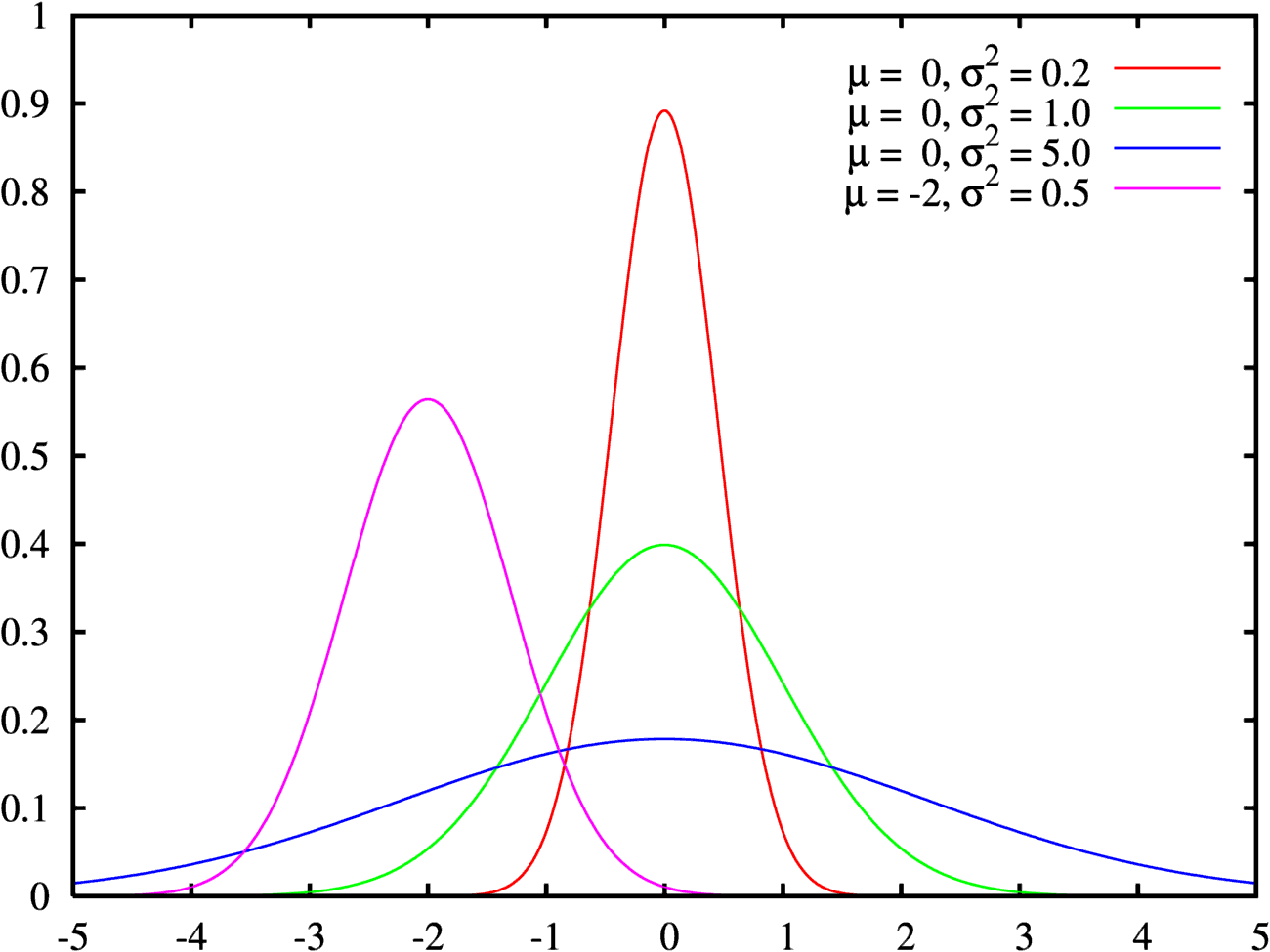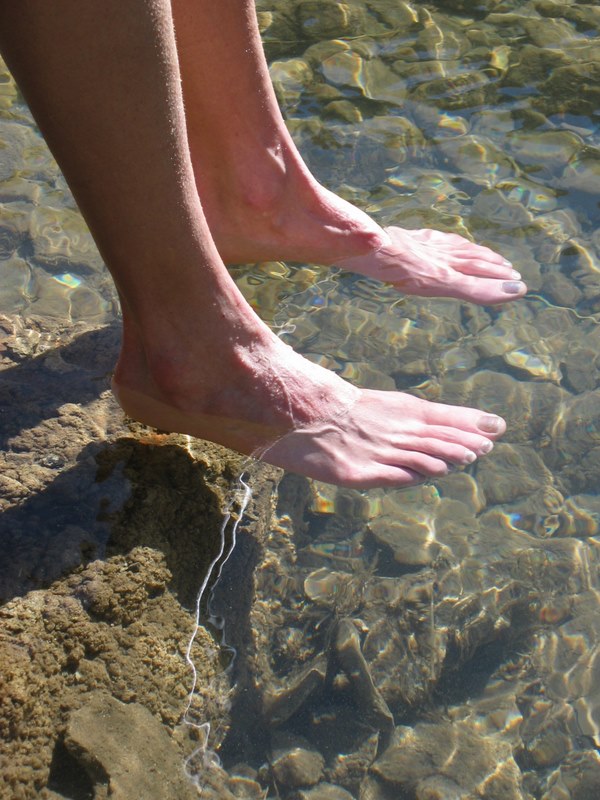 At some level, everyone is searching for satisfaction, for joy, for pleasure. We avoid conflict or activities that are unpleasant. We chose going for a bike ride or reading a book over cleaning out the garage or balancing the checkbook. This is natural. Avoid the nasty and maximize the fun.
At some level, everyone is searching for satisfaction, for joy, for pleasure. We avoid conflict or activities that are unpleasant. We chose going for a bike ride or reading a book over cleaning out the garage or balancing the checkbook. This is natural. Avoid the nasty and maximize the fun.
These activities can be generally classified as grunts and grins. Grunts are the work. Grins are the pleasure. So it would make sense that if we can maximize our grins while minimizing our grunts, we should be able optimize our satisfaction.
Let me back up. I was first introduced to a Grin to Grunt ratio about a dozen years ago through a friend while skiing in the Yellowstone backcountry. Backcountry skiing is all about the grunts and grins. You wake up early, drive to the trailhead, put a set of climbing skins on your skis, and spend the next couple of hours literally grunting your way up the mountain. Often you are breaking trail through deep snow as you go. The deeper the snow, steeper the climb, the longer the climb, the more the grunt. The trade off, though is that you will hopefully be getting some grins as you float back down through untracked powder as it floats up over your shoulders and forces you to time your breaths between turns. The longer and steeper the climb simply leads to potentially greater grins on the way back down. The goal, though, is for the grins to outweigh the grunts so you end up with a Grin:Grunt ratio of greater than one.
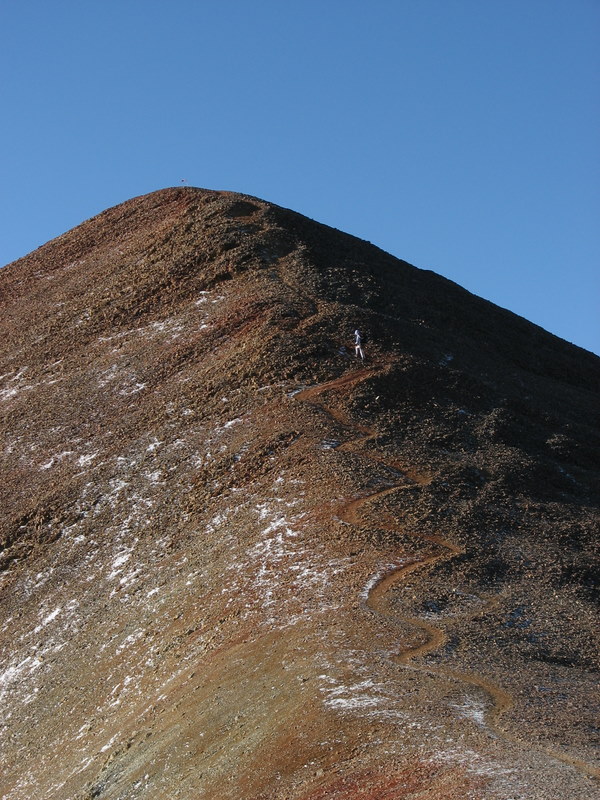 Even with the best possible intentions, this does not always work out. Sometimes the snow is less than stellar. Your climbing skins glob up with wet slop. You run into a breakable crust that randomly cracks under your weight on both the up and the down. This creates a Grin:Grunt ratio of less than one, making you wonder why you just didn’t go to a movie instead.
Even with the best possible intentions, this does not always work out. Sometimes the snow is less than stellar. Your climbing skins glob up with wet slop. You run into a breakable crust that randomly cracks under your weight on both the up and the down. This creates a Grin:Grunt ratio of less than one, making you wonder why you just didn’t go to a movie instead.
Logic would tell you that the best way to maximize the G:G ratio is to completely remove the grunt from the equation. Sticking with the skiing analogy, why not go helicopter skiing in Alaska? Or ride the lifts on a powder day. This way the grunt is essentially nothing, while at the same time you are maximizing the grin. As the grunt is reduced closer and closer to zero, the resulting ratio, no matter how big the grin is, should climb exponentially. Stepping away from skiing, being independently wealthy and being able to do anything you want should allow you to all but eliminate the grunts of life. Simply hire someone to clean the house, pay the bills, mow the lawn, while you jet off to Hawaii at the first sign of a good swell hitting the north shore. But studies have shown that this is not the case. All grin and no grunt does not make for happiness.
[youtube=http://www.youtube.com/watch?v=mPqAHgaNMm8]This topic has led to many long conversations while hiking, skiing, biking, and driving, and it starts getting convoluted. There are other factors that are in play other than just grins and grunts. A healthy grunt can strangely enhance the grin. For instance, earning your powder turns actually makes those same turns more enjoyable. Part of it is the lack of crowds, lack of the frenzy for first tracks, or lack of the hum of mechanical assistance. But it is more than that. There is certainly the athlete’s endorphin high that comes from extended exercise (grunts). Compound the endorphins with a healthy adrenaline rush from flying back down the mountain (grins) and you are really on to something. A certain amount of work seems to enhance the G:G ratio. So perhaps the equation looks more like:
(Grin + Grunt)/Grunt = pleasure quotient
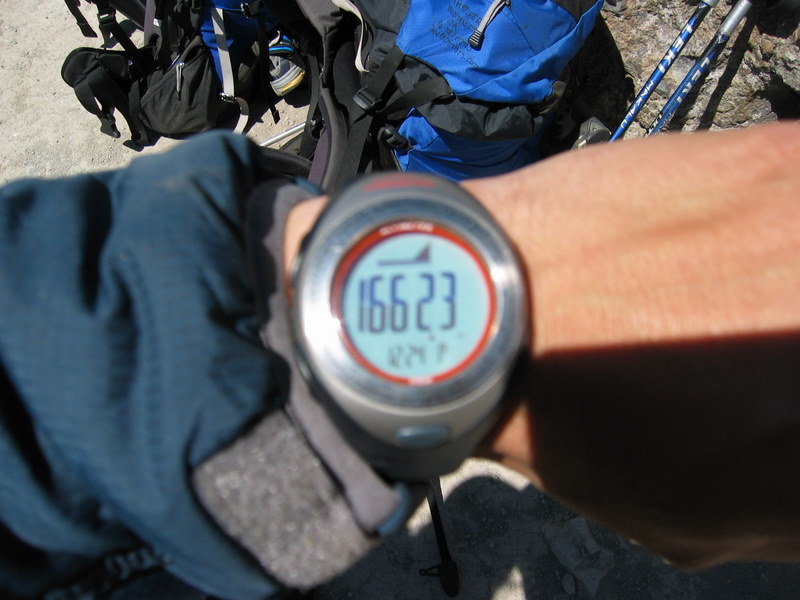 I have to admit that I have spent entirely too much time playing with this equation. The math and the statistics quickly exceed my extremely rusty skills. I’ve tried raising Grin to the power of Grunt, taking square roots,natural logs, and an endless variety of other combinations. The greatest challenge comes with the fact that there are actually a lot more factors in the equation other than just grins and grunts. There are age, physical condition, mind-set, and equipment, just to name few. That and the challenge that even the grunt factor can work on both sides of the equation. While at it’s base level, if the grunt exceeds the grin, then you are on the losing side of the balance. But, as discussed above, the grunt can actually enhance the grin, up to a point. Also, once you are a certain age, the grins that come from skiing, sailing or even sex will overpower just about any grunt.
I have to admit that I have spent entirely too much time playing with this equation. The math and the statistics quickly exceed my extremely rusty skills. I’ve tried raising Grin to the power of Grunt, taking square roots,natural logs, and an endless variety of other combinations. The greatest challenge comes with the fact that there are actually a lot more factors in the equation other than just grins and grunts. There are age, physical condition, mind-set, and equipment, just to name few. That and the challenge that even the grunt factor can work on both sides of the equation. While at it’s base level, if the grunt exceeds the grin, then you are on the losing side of the balance. But, as discussed above, the grunt can actually enhance the grin, up to a point. Also, once you are a certain age, the grins that come from skiing, sailing or even sex will overpower just about any grunt.
So this where I really started to get off the tracks. I started thinking about statistics and whether the grunt enhancement phenomena follows a normal distribution. In other words, does the grunt steadily enhance the grins until it reaches a tipping point where it actually begins to negatively impact the grins? Is this curve skewed to one side or the other? What skews the curve? Age? Attitude? Physical condition? Do age, physical condition, and attitude follow similar curves?
Of course all of this thinking led to some sleepless nights as I pondered what the best way explore this daunting question. Is there a sweet spot where all the factors come together to produce the perfect experience? How does that perfect experience change from person to person? How can I optimize my Grin:Grunt ratio?
As a geographer and cartographer I like to think of things spatially. I should be able to represent the relationships between the various equation factors into a series of planar grids. Each grid would represent the relationship between two factors: age vs physical conditioning, attitude vs age, etc. Each relationships should have a sweet spot or zone where the resulting grid value(s) are maximized. Then if you stack these grids on top of each other and do some matrix math and some other sort of weighting exercise you should be able map out a way to maximize your experience for any given activity, day, or person.
 But how do you actually define these relationships? Which ones are more important than others? Clearly I was out of my league on this one. What started out as a simple calculation of a pleasure ratio was rapidly spinning out of control and into stochastic, non-linear, fractal calculations. My visions of creating an equation to calculate how much fun I had on any particular occasion was binding me in a classic Catch-22. The grunts required to calculate my pleasure were outweighing the grins I had from thinking about it! So isn’t it enough to simply ask, “Did you have fun today?”
But how do you actually define these relationships? Which ones are more important than others? Clearly I was out of my league on this one. What started out as a simple calculation of a pleasure ratio was rapidly spinning out of control and into stochastic, non-linear, fractal calculations. My visions of creating an equation to calculate how much fun I had on any particular occasion was binding me in a classic Catch-22. The grunts required to calculate my pleasure were outweighing the grins I had from thinking about it! So isn’t it enough to simply ask, “Did you have fun today?”
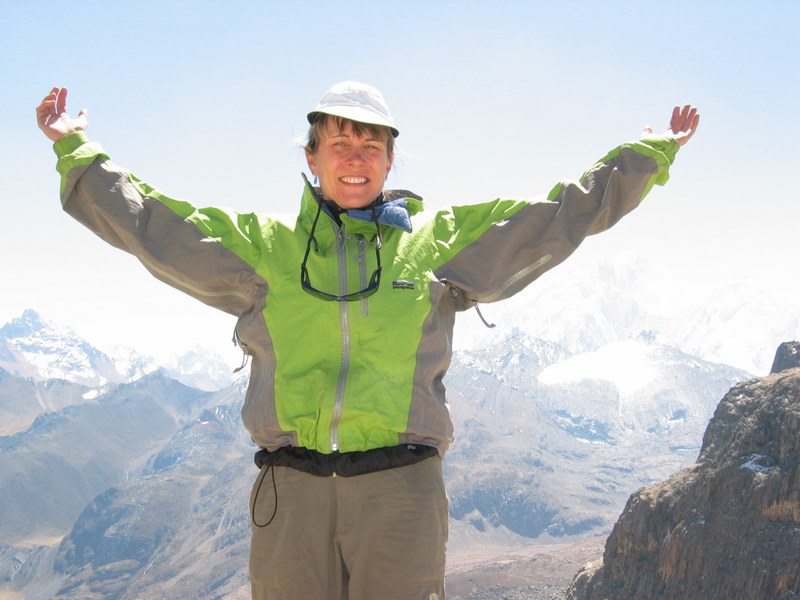
1 Comment
-
Will. Not. Make. Joke. About. G. Spot.
However, seeing you come down through those woods makes it easy to understand.

